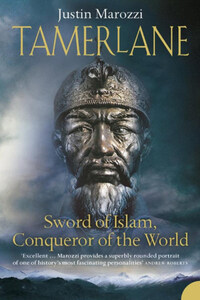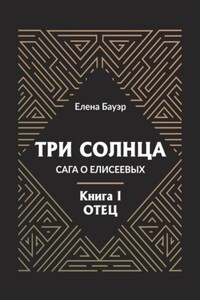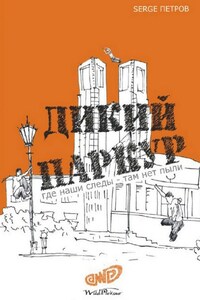A couple of years ago, Frances Wood observed in The Silk Road: ‘I think this is the most complicated book I have ever written when it comes to spelling place names.’ I know the feeling. Central Asia is a minefield. And it is not just place names.
The world’s most famous Mongol conqueror is a case in point. Take your pick from Genghis Khan, Chinghiz Khan, Chingiz Khan, or even Chinggis Khan. The lands he bequeathed his son became the Juchid empire. Others call it Jochid. Still others prefer Djöčid.
Scholars invariably favour the more obscure spellings, but I have tried to use terms familiar to the general reader. Central Asian names are complicated enough, it seems to me, without making things more difficult.
Tamerlane was in fact Temur (or Timur). The longer name by which we in the West know him was a corruption of Temur the Lame. He was a Chaghatay (or Čaghatay if you like your diacritic symbols), or a Turkicised Mongol, or a Turk; but I have followed a long line of Europeans who describe him as a Tatar.
Consistency in these matters is as elusive as peace and tranquillity were to Temur. As T.E. Lawrence so emphatically expressed it in Seven Pillars of Wisdom after a plea for clarity from his editor: ‘There are some “scientific systems” of transliteration, helpful to people who know enough Arabic not to need helping, but a wash-out for the world. I spell my names anyhow, to show what rot the systems are.’ In a less brazen way I have followed his example.
‘Tamerlane, the “Lord of the Conjunctions”, was the greatest Asiatic conqueror known in history. The son of a petty chieftain, he was not only the bravest of the brave, but also profoundly sagacious, generous, experienced, and persevering; and the combination of these qualities made him an unsurpassed leader of men and a very god of war adored by all ranks … The object of Tamerlane was glory, and, as in the case of all conquerors ancient or modern, his career was attended by terrible bloodshed. He sometimes ordered massacres by way of retribution or from policy, but there were few that had their origin in pure savagery.’
LIEUT. COL. P.M. SYKES, A History of Persia
At around 10 o’clock on the morning of 28 July 1402, from a patch of raised ground high above the valley, the elderly emperor surveyed his army. It was a vast body of men, spreading over the Chibukabad plain, north-east of Ankara, like a dark and terrible stain. Through the glinting sunlight the ordered lines of mounted archers stretched before him until they were lost in the shimmering blaze, each man waiting for the signal to join battle. There were two hundred thousand professional soldiers drawn from the farthest reaches of his empire, from Armenia to Afghanistan, Samarkand to Siberia. Their confidence was high, their discipline forged in the fire of many battles. They had never known defeat.
For the past thirty years these men and their sons and fathers had thundered through Asia. Through deserts, steppes and mountains the storm had raged, unleashing desolation on a fearful scale. One by one, the great cities of the East had fallen. Antioch and Aleppo, Balkh and Baghdad, Damascus and Delhi, Herat, Kabul, Shiraz and Isfahan had been left in flaming ruins. All had crumpled before the irresistible Tatar hordes. They had killed, raped, plundered and burnt their way through the continent, marking each triumph with their dreadful trophies. On every battlefield they left soaring towers and bloody pyramids built from the skulls of their decapitated victims, deadly warnings to anyone who dared oppose them.
Now, as the soldiers stared up at the distant silhouette of a man on horseback, framed against the heavens, they steeled themselves for another victory. Truly their emperor had earned his magnificent titles. Lord of the Fortunate Conjunction (of the Planets, a reference to the auspicious position of the stars at his birth); Conqueror of the World; Emperor of the Age; Unconquered Lord of the Seven Climes. But one name suited him above all others: Temur, Scourge of God.









